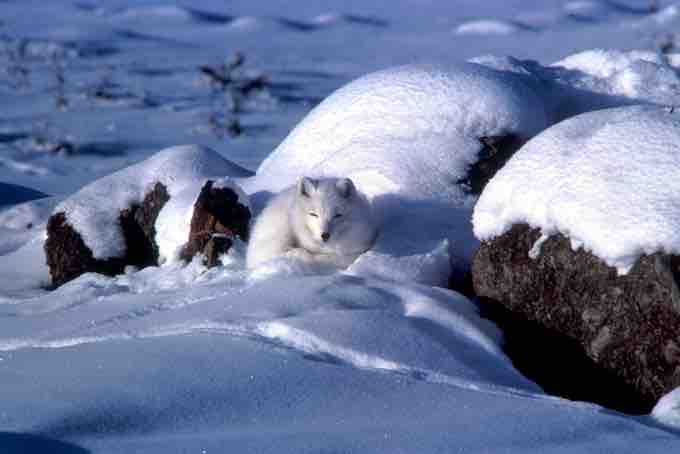Animal Form and Function
Animals vary in form and function. From a sponge to a worm to a goat, an organism has a distinct body plan that limits its size and shape. The term body plan is the "blueprint" encompassing aspects such as symmetry, segmentation, and limb disposition. Body plans have been considered to have evolved in a geologically-sudden flash during the Cambrian Explosion (roughly 542 million years ago). However, there is also evidence of a more gradual development of body plans. With a few exceptions, most notably the sponges and Placozoa, animals have bodies differentiated into separate tissues, which in turn make up more complex organs and organ systems. These include tissues such as muscles, which are able to contract and control locomotion, and nerves, which send and process signals. Typically, there is also an internal digestive chamber with one or two openings. Animals' bodies are also designed to interact with their environments, whether in the deep sea, a rainforest canopy, or the desert. In addition, animal body plans have evolved in response to environmental pressures, as observed in fossil records, in order to enhance survival and reproductive success. Therefore, a large amount of information about the structure of an organism's body (anatomy) and the function of its cells, tissues, and organs (physiology) can be learned by studying that organism's environment. The arctic fox is an example of a complex animal that has adapted to its environment and illustrates the relationships between an animal's form and function .

Arctic fox
An arctic fox is a complex animal, well adapted to its environment. It changes coat color with the seasons and has longer fur in winter to trap heat.